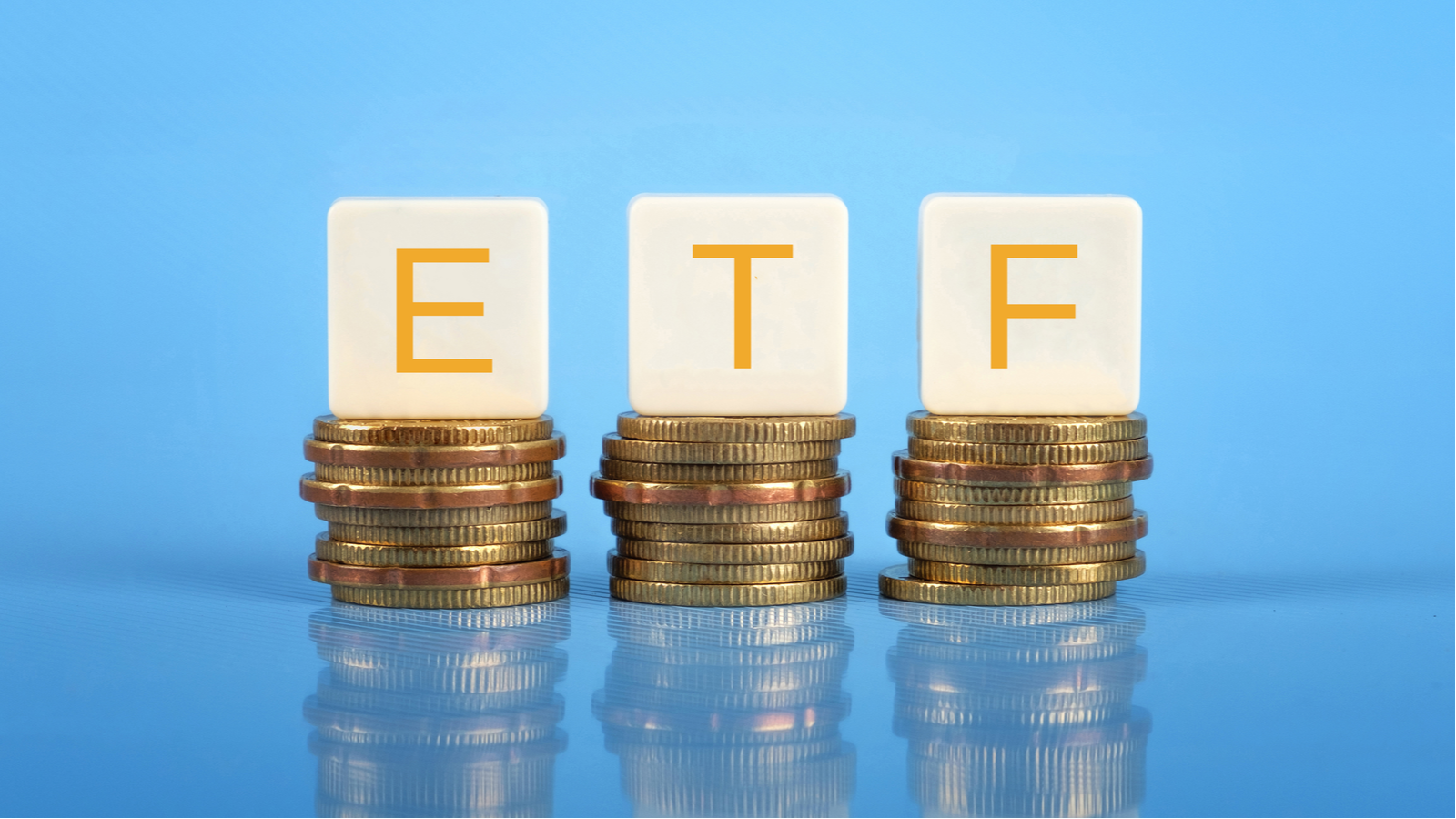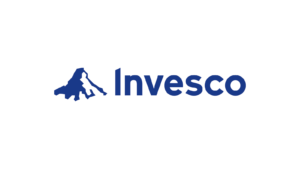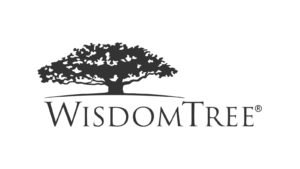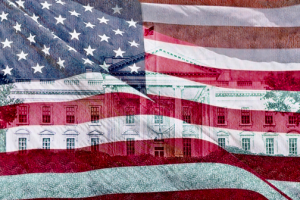
Serious investors see the beauty of investing in ETFs that yield 3-5%.
The Globe and Mail published an opinion piece on September 26 discussing dividend stocks becoming more critical than ever due to higher interest rates and the end of cheap capital.
“Giant, mature companies with lower growth potential should start returning more capital to investors in the form of dividends, in part because alternatives such as bonds will have more competitive yields,” wrote Tom Czitron, a portfolio manager with more than four decades of experience, much of which he spent investing in fixed-income securities. “Their cost of capital will be higher, and growth will not be turbocharged by artificially low rates.”
While the portfolio manager recommends some Canadian dividend stocks to buy, the best way for most investors to capture income from their investments is through diversified low-cost index ETFs.
Let’s explore three that yield 3%-5% or more.
Invesco FTSE RAFI Developed Markets ex-U.S. ETF (PXF)

Invesco FTSE RAFI Developed Markets ex-U.S. ETF (NYSEARCA:PXF) has $1.54 billion in net assets and yields 3.51%.
PXF tracks the performance of the FTSE RAFI Developed ex U.S. 1000 Index, a collection of approximately 1,000 of the largest non-U.S. listed companies in developed markets.
The companies selected for inclusion are based on four fundamental measures – total cash dividends, free cash flow, total sales, and book equity value. The companies with the highest scores are weighted higher. This eliminates the issue of a few large market capitalization stocks accounting for a bigger portion of the index’s portfolio.
The top three sectors by weight are financials (25.77%), industrials (13.22%), and consumer discretionary (10.41%). Notably, technology is just 5.92%. Dividends have a big part to play in minimizing the tech sector’s influence on the index and ETF.
Japan accounts for 21.61% of the fund’s net assets. Second and third place go to the U.K. (11.05%) and Germany (9.14%). The top holding spot is Shell (NYSE:SHEL).
Its management expense ratio is reasonable and low-cost at 0.45%. Morningstar.com gives it four out of five stars.
WisdomTree U.S. High Dividend Fund (DHS)
WisdomTree U.S. High Dividend Fund (NYSEARCA:DHS) has $1.16 billion in net assets and yields 4.46%.
DHS tracks the performance of the WisdomTree U.S. High Dividend Index. The index comprises stocks from the WisdomTree U.S. Dividend Index with high dividend yields.
The index includes those stocks from the WisdomTree U.S. Dividend Index with annual dividend yields in the top 30%. Then, the stocks that make the cut are given a composite risk score based on the average factor of value, quality, and momentum. Those that score high are weighted higher, and those that score low are weighted lower.
Like PXF, the stocks in the ETF are generally large caps, which account for nearly 81% of the fund’s net assets, mid-cap stocks (12.8%), and small caps (6.5%).
There are 381 stocks in the ETF. The top three sectors by weighting are energy (22.39%), financials (17.47%), and utilities (12.50%). The top 10 holdings account for 40.45% of the net assets.
Exxon Mobil (NYSE:XOM) and Chevron (NYSE:CVX) account for the top two positions at 5.99% and 5.46%. Rebalanced annually in mid-December, there is a cap of 5% on any one stock. Both of these will be rebalanced lower in December.
Consider this your high-yield dividend fund for large-cap U.S. exposure.
Pacer Metaurus US Large Cap Dividend Multiplier 300 ETF (TRPL)
The Pacer Metaurus US Large Cap Dividend Multiplier 300 ETF (NYSEARCA:TRPL) has $900,000 in net assets, yielding 5.14%.
TRPL is the riskiest of the three ETFs because it lacks assets. However,TRPL yields over 5%.
The ETF tracks the performance of the Metaurus US Large Cap Dividend Multiplier Index – Series 300. It reduces its exposure to the S&P 500 from 100% to 92%, using the excess cash and Treasuries collateral to buy 3x the ordinary S&P 500 dividend yield.
So, in 2021, when the S&P 500 appreciated by 26.89%, investors got 92% of those returns less fees, or 24.74%. However, they would have also obtained 3x the dividend yield as the tradeoff. In years where the market is down, such as 2022, losses would also be lower.
Consider it a defense-first type of ETF.
However, ETF experts would argue that the 0.79% annual fee isn’t worth it, given that the extra returns generated by the fund’s process, both up and down, aren’t enough to justify the cost.
On the date of publication, Will Ashworth did not have (either directly or indirectly) any positions in the securities mentioned in this article. The opinions expressed in this article are those of the writer, subject to the InvestorPlace.com Publishing Guidelines.







